If you’re only skiing once or twice a season, buying your own skis might not be the best move. Rentals cost about $50–$70 per day, while a full ski setup can run you $800–$1,500. But there’s a middle ground: compact gear like Snowfeet Mini Ski Skates. These cost around $150–$199, fit in a backpack, and work with regular winter boots. They’re low-maintenance, easy to store, and perfect for casual skiers who want to avoid the hassle of traditional gear. Whether you’re hitting a resort or just enjoying a snowy park, this option offers a simpler, more flexible way to enjoy the slopes without breaking the bank or your back.
Rent vs Buy Ski Equipment: What's Best for Your Ski Trip? | BeAlive Recess Series
Cost Analysis: Buying vs. Renting
Let’s break down the costs of skiing - whether you're renting, buying, maintaining, or storing gear. For many U.S. resort visitors, renting traditional ski equipment (skis, boots, and poles) can add up quickly over multiple trips.
That’s where Snowfeet* steps in with a budget-friendly alternative for occasional skiers. The Snowfeet Mini Ski Skates are priced around $150, while the Snowfeet PRO costs about $199. To put that in perspective, these prices are similar to what you’d pay for just a few days of rental gear. Plus, the upkeep? Practically nonexistent.
Traditional skis and snowboards often need regular care - waxing, sharpening edges, and tweaking bindings - all of which come with extra costs. Snowfeet*, on the other hand, keeps it simple. A little wax here and there, and you’re good to go. No expensive tune-ups required.
Here’s another thing: you won’t find Snowfeet* gear available for rent at ski shops. Liability concerns keep them off the rental shelves. But their compact size makes up for it. Unlike traditional skis that need extra storage space and accessories, Snowfeet* products fit neatly into a standard backpack. That means no bulky gear cluttering your home or car.
When you add it all up - low upfront cost, minimal maintenance, and easy storage - Snowfeet* offers a smart financial edge. Whether you’re avoiding rental fees or skipping the hefty price tag of traditional skis, this gear keeps things light on your wallet and on the slopes.
Portability and Storage
For those who ski occasionally, dealing with bulky gear can be a real headache. Traditional ski equipment is notoriously hard to transport - standard skis are about 5 to 6 feet long, and when you add ski poles and hefty boots, you're left with a logistical puzzle. The compact design of Snowfeet* products flips this challenge on its head, making transport and storage a breeze.
Take the Snowfeet* Mini Ski Skates, for example. At just 15 inches (38 cm) long, they’re small enough to fit into a regular backpack. Compare that to traditional skis, which are typically 150–180 cm long and require large, cumbersome storage solutions.
Weight is another factor that works in Snowfeet*’s favor. Thanks to their lightweight construction, they’re far easier to carry around than a full ski setup. Traditional skis, complete with bindings, boots, and poles, are not only heavy but also awkward to manage. Snowfeet* gear eliminates much of this hassle, making it an ideal choice for those who prefer to keep things simple.
One of the standout features? No ski boots required. Snowfeet* Mini Ski Skates work with any regular waterproof winter shoes that provide firm ankle support.
"The big advantage is that you can wear them with any winter shoes." – Snowfeet Store FAQ
This means you can skip the bulky, specialized ski boots that take up valuable closet space and are rarely used. Instead, just grab your usual winter boots and you’re good to go - no extra gear bags needed.
Storage is another area where Snowfeet* shines. Whether it’s the 17-inch (44 cm) Skiskates or the Skiboards ranging from 26 to 47 inches, all Snowfeet* products are compact enough to fit in a bedroom closet. No need to dedicate your basement or garage to ski gear anymore.
For occasional skiers, this portability opens up a whole new world. Tight trails and backcountry spots that might be off-limits for traditional skis suddenly become accessible. You can even bring them to local sledding hills or hiking paths, turning them into your personal winter playground.
Traveling with Snowfeet* gear is just as easy. Forget roof racks, oversized ski bags, or wrestling your way through crowded lodge entrances. Everything fits neatly into your luggage or day pack, making it possible to plan last-minute snow adventures without worrying about gear logistics. This level of portability also sets the stage for exploring more diverse terrains, which we’ll dive into next.
Ease of Use and Terrain Options
If you only hit the slopes once or twice a season, the last thing you want is to spend hours wrestling with complicated gear or being stuck on specific types of terrain. That’s where Snowfeet* products stand apart from traditional skiing equipment.
The learning curve is one of the biggest perks of Snowfeet*. Traditional skiing demands mastering tricky techniques like parallel turns, edge control, and pole planting - skills that can take years to perfect. For someone who skis infrequently, it can feel like starting over every time you head to the mountain. Snowfeet* Mini Ski Skates and Skiskates, with their shorter length (15-17 inches) and compatibility with regular winter boots, make things much simpler. This shorter learning curve helps you build confidence quickly and lets you enjoy the slopes without the steep technical barrier.
When it comes to terrain flexibility, Snowfeet* really shines. Unlike traditional skis, which are often limited to groomed runs, Snowfeet* opens up a world of possibilities. You can use them on hiking trails, sledding hills, or even snowy urban areas. This versatility means you’re not tied to expensive ski resorts - you can turn almost any snowy spot into your personal playground.
Traditional ski gear from brands like Rossignol, K2, or Burton often needs ideal conditions to work well. Long skis are great for wide, groomed slopes, but they’re awkward in tighter spaces or less-than-perfect conditions. For occasional skiers, this can mean sticking to beginner slopes or struggling with equipment that feels out of sync with the day’s conditions.
Another big plus is the confidence boost Snowfeet* provides. Their compact size makes them far less intimidating than traditional skis. You don’t have to worry about crossing ski tips or managing long, unwieldy boards. This simplicity makes it easier to relax and actually enjoy your time on the snow, which is especially important if you only get a few chances each season.
Snowfeet* also stands out for its adaptability. Whether the snow is packed, powdery, or icy, these mini skis handle it all with ease. This makes them perfect for infrequent skiers who can’t always predict when or where the best conditions will be. Instead of stressing about finding the perfect day, you can just grab your gear and go.
For those who ski occasionally, the accessibility of Snowfeet* means you can make the most of your limited time on the snow. You’re not confined to ski resorts - you can explore backcountry trails or even create your own winter adventures. This freedom is priceless when every outing counts.
While traditional skis are designed for those who dedicate time to mastering the sport and have access to top-notch facilities, Snowfeet* is built for versatility, quick learning, and pure enjoyment. It’s the perfect choice for anyone looking to maximize their fun without the hassle of traditional equipment.
User Experience and Enjoyment
When you only hit the slopes once or twice a season, every moment should be about having fun - not wrestling with bulky, complicated gear. That’s where Snowfeet* shines. These products make the occasional skier’s experience so much easier and more enjoyable compared to the traditional equipment you’d get from the big-name brands.
One of the standout features of Snowfeet* is how they strip away the pressure that often comes with traditional skiing. With regular skis, there’s this unspoken expectation to nail every turn or conquer tough runs, almost as if you need to prove the time and money you’ve invested was worth it. Snowfeet* flips that script. Their design encourages you to just relax and have fun - whether you’re gliding, spinning, jumping, or simply cruising along. There’s no need to worry about perfect technique or precision; it’s all about enjoying the ride.
The best part? The learning curve is practically nonexistent. Traditional skis often require you to reawaken dormant muscle memory after months off the slopes. With Snowfeet*, you’re in the action within minutes. Plus, they’re built to handle a variety of conditions, from icy patches to less-than-perfect snow, so you can keep the fun going no matter what the day throws at you.
Another huge perk is portability. Snowfeet* are compact enough to toss in a bag, making them perfect for spontaneous outings. Compare that to traditional ski gear, which often requires roof racks, meticulous planning, and dedicated trips to the resort. With Snowfeet*, you can seize the moment - whether it’s a quick stop during a road trip or a spur-of-the-moment adventure in your local park.
For occasional skiers, this ease of use translates to a big confidence boost. Instead of feeling rusty or out of practice, you can dive right in and enjoy yourself. The versatility of Snowfeet* also means you’re not tied to the resort. You can explore hiking trails, play in the park, or hit up a resort if you feel like it - every outing feels fresh and different.
In short, Snowfeet* transforms occasional skiing from a high-pressure, expensive ordeal into a fun, carefree adventure. They combine convenience, portability, and pure enjoyment, making your time in the snow all about what matters most: having a blast.
sbb-itb-17ade95
1. Snowfeet* Short Skis and Skates
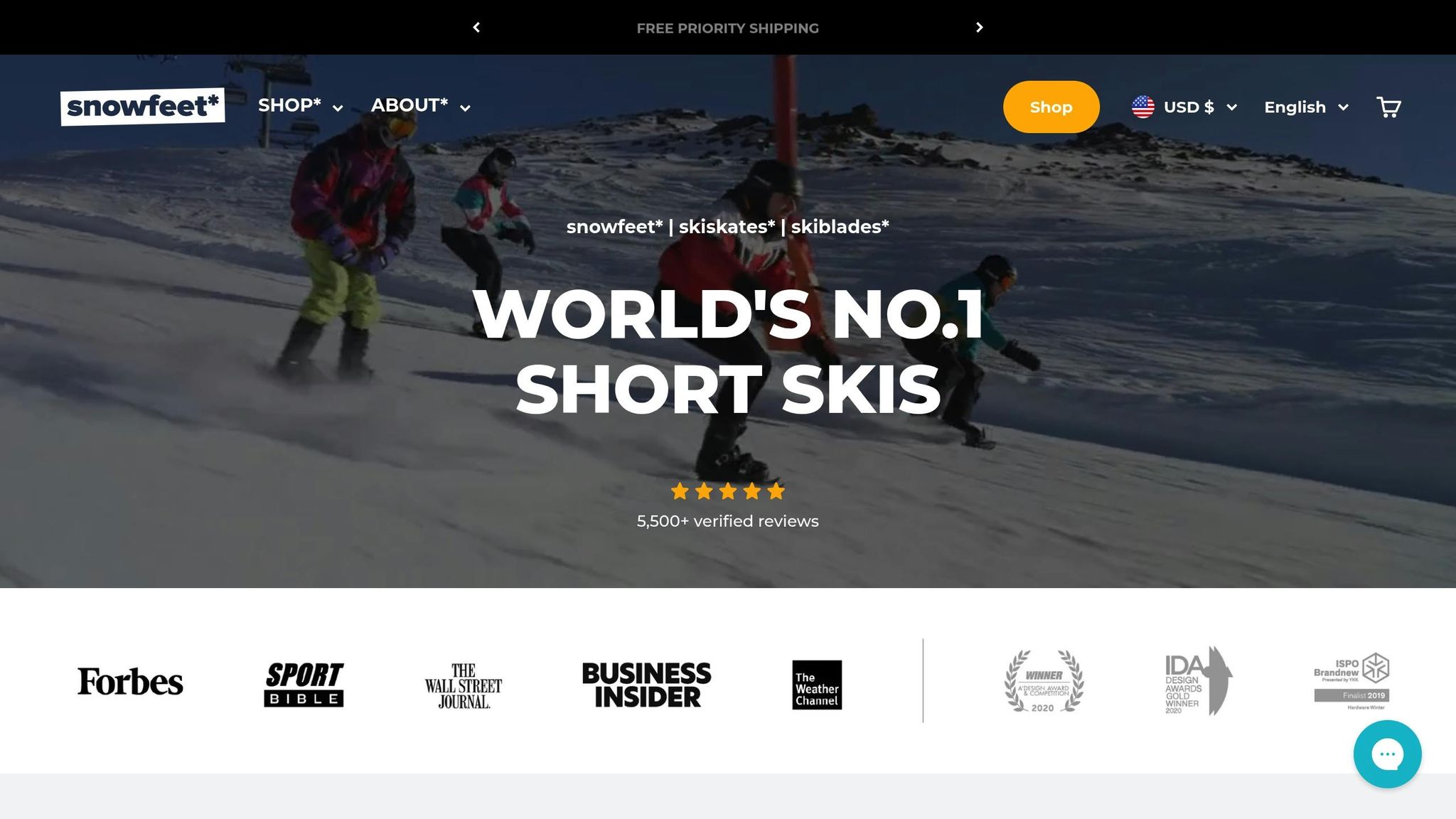
Let’s dive into what makes Snowfeet* stand out and why they’re worth considering.
Cost Analysis
Priced at around $150, Snowfeet* pack a punch when it comes to affordability. For the same price, you might find second-hand snowblades - those short skis with a sidecut and metal edges - but there’s a catch. Snowblades usually require specialized ski boots and take up a ton of storage space. Snowfeet*, on the other hand, work with the winter shoes you already own, saving you both money and hassle.
Portability and Storage
One of the biggest perks of Snowfeet* is how easy they are to pack and carry. Forget lugging around bulky ski gear or worrying about oversized luggage fees when flying out to places like Colorado or Utah. Snowfeet* are compact enough to toss into a backpack, making them perfect for travel.
Ease of Use and Terrain Options
Traditional skis from brands like Rossignol or K2 can feel clunky in tight spaces or tricky snow conditions. That’s where Snowfeet* shine. They’re perfect for navigating smaller, confined areas and can handle a variety of terrains. Whether it’s a snowy hill in your neighborhood or an urban spot, Snowfeet* let you explore beyond the typical ski resort.
User Experience and Enjoyment
Snowfeet* make skiing feel less intimidating and a whole lot more enjoyable. Their simple, intuitive design helps you build confidence and muscle memory faster than traditional skis. If you’re someone who only hits the slopes once or twice a year, this means more time having fun and less time struggling to get the hang of things. Every outing feels like a win.
2. Traditional Skis/Snowboards
While Snowfeet* offer a fresh take on casual skiing, traditional skis and snowboards come with their own set of hurdles. Let’s break down what you’re dealing with when it comes to gear from major players like Burton, Rossignol, Salomon, and K2.
Cost Analysis
Traditional ski or snowboard setups can be a hefty investment. A full ski package from well-known brands often starts at around $800, and that’s just the beginning. Add in boots, bindings, poles, and you’re looking at a much steeper price tag. Then there are the ongoing costs - maintenance, storage, and even those pesky airline baggage fees if you’re traveling. For casual skiers or snowboarders, it’s easy to see how owning your own gear can become a financial burden compared to simply renting.
Portability and Storage
Let’s be honest: traditional gear is not exactly travel-friendly. Skis are typically 5–6 feet long, and snowboards aren’t much smaller. Storing or lugging them around can be a hassle, especially if you’re navigating airports or cramming them into a car. Plus, airlines love to tack on extra fees for oversized luggage, and there’s always the risk of damage during transit. Not exactly convenient, right?
Ease of Use and Terrain Options
Traditional skis and snowboards are designed with resorts in mind. They shine on groomed slopes and organized runs but aren’t as practical for impromptu local adventures. On top of that, they require a certain level of skill to use effectively. If you’re someone who only skis or snowboards a few times a year, keeping your technique sharp can be a challenge. This makes traditional setups less forgiving for casual or infrequent users.
User Experience and Enjoyment
For many, owning traditional gear feels like a commitment - one that might not always pay off. If your equipment spends most of the year collecting dust, it could underperform when you finally hit the slopes. On the other hand, rental gear is typically well-maintained and ready to go, ensuring consistent performance every time. As a result, traditional gear often ties you to the resort experience, whereas rentals or alternative options like Snowfeet* might offer more flexibility and spontaneity.
These factors highlight why traditional setups might not be the best fit for occasional skiers, especially when compared to more streamlined and hassle-free alternatives like Snowfeet*.
Pros and Cons
If you’re an occasional skier, comparing Snowfeet* products to traditional ski gear can help you figure out what works best for your needs. For those who hit the slopes once in a while, Snowfeet* products offer some clear advantages.
First, let’s talk about portability and ease of use. Snowfeet* products are incredibly compact - small enough to fit in a backpack. No bulky ski bags or awkward gear to lug around. And when it comes to storage, they’re a dream. They take up so little space that you can tuck them into a corner of your closet, unlike traditional skis or snowboards that often require a dedicated spot in the garage or basement.
Another major plus is the learning curve. Traditional skis and snowboards demand regular practice to stay sharp, and if you take a season off, you might feel rusty. Snowfeet* products, however, are designed to work with your natural walking motion. Even if you haven’t used them in months, you can strap them on and feel comfortable right away. This ease of use makes them a great option for casual skiers who don’t want to deal with relearning every time they hit the snow.
Now, let’s talk money. A basic setup of traditional skis or snowboards from well-known brands can easily cost $800 or more. On the other hand, Snowfeet* Mini Ski Skates start at around $150, and even their premium models, like the Skiblades, are under $500. That’s a much smaller investment, and for occasional skiers, you’ll likely break even in just a few seasons without feeling tied down to expensive gear.
Here’s a quick side-by-side comparison to break it all down:
| Feature | Snowfeet* Products | Traditional Skis/Snowboards |
|---|---|---|
| Initial Cost | $150 - $690 | $800+ |
| Portability | Fits in a backpack | Requires ski bags and fees |
| Storage Space | Minimal closet space | Significant space needed |
| Learning Curve | Quick and intuitive | Steep; needs regular practice |
| Maintenance | Minimal | Regular tuning required |
| Terrain Flexibility | Slopes, parks, backyards | Resort-dependent |
| Travel Convenience | Carry-on friendly | Oversized luggage fees |
| Skill Retention | Easy to pick up again | Skills fade without practice |
For casual skiers, these differences make Snowfeet* a standout choice. Traditional gear might be the go-to for those who frequent resorts and spend a lot of time on the slopes. But if you’re more into spontaneous snow days - whether it’s a quick trip to a local hill or zipping around your backyard after fresh snowfall - Snowfeet* offers the flexibility and convenience you need without the extra hassle or cost.
Conclusion
If you’re someone who only skis once or twice a season, buying your own gear can actually save you money - provided you pick equipment that fits your needs. Here’s the math: renting skis typically costs about $40 a day. So, in just two to four trips, you’re spending $80 to $160 annually on rentals. Over a few seasons, that adds up to the cost of owning Snowfeet* gear.
Snowfeet* stands out for being affordable, portable, and incredibly convenient. Starting at just $150 for Mini Ski Skates and going up to $690 for the longer models, they’re far more budget-friendly than traditional skis. Plus, they’re compact enough to toss in a backpack or stash in a small closet. And the best part? You’re not limited to ski resorts - Snowfeet* works on any snowy surface, giving you more freedom to enjoy winter wherever you are.
Another advantage? They’re easy to use. Traditional ski gear can be tricky if you’re not hitting the slopes regularly - it takes practice to stay sharp. But Snowfeet* products are designed to work with your natural walking motion. Even if it’s been months since your last outing, you can strap them on and feel at ease right away.
For occasional skiers, Snowfeet* is a no-brainer. While traditional gear is great for frequent skiers, it’s not ideal for those spur-of-the-moment adventures. Snowfeet* shines when it comes to flexibility and simplicity - whether you’re making the most of fresh snow in your backyard or heading to a nearby hill for a quick thrill.
FAQs
How do Snowfeet Mini Ski Skates perform compared to traditional skis on different types of terrain?
Snowfeet Mini Ski Skates stand out for their ability to perform on a range of terrains. Built with a lightweight, fiberglass-reinforced design, they’re easy to control, whether you’re carving turns, stopping, or navigating slopes. These skates shine on groomed trails, in terrain parks, and even in light powder, offering a fun mix of skiing and skating that’s both agile and stable.
What sets Snowfeet apart from traditional skis is their compact size. They’re super easy to transport and handle, making them perfect for casual or occasional skiers. The design focuses on fun and convenience, giving you all the thrills of skiing without the hassle of lugging around heavy, bulky gear.
Are there situations where Snowfeet might not be the best choice for skiing?
Snowfeet are a great choice for relaxed skiing on groomed trails or gentle terrain. Their compact size makes them fun and easy to use, but they’re not ideal for steep slopes or extreme conditions. The shorter length means less stability and edge control compared to traditional skis, which might leave advanced skiers wanting more precision and speed in challenging environments.
Another thing to keep in mind: some ski resorts might have rules about using non-traditional gear like Snowfeet. It’s smart to check with the resort ahead of time to avoid any surprises. While Snowfeet shine when it comes to portability and fun, they’re not built for every type of skiing adventure.
Should I buy Snowfeet or rent traditional ski gear if I only ski once or twice a season?
If you only hit the slopes once or twice a season, Snowfeet might be a better pick than renting traditional ski gear. These mini skis are compact, lightweight, and super easy to carry. Setting them up is a breeze, and they’re a whole lot more convenient than lugging around bulky skis or snowboards. The best part? They work with your regular winter shoes, so there’s no need for special boots, and you can skip the storage headaches.
In the long run, Snowfeet can save you money. Instead of shelling out for rental gear every time, you can invest in a portable option that’s perfect for occasional skiing. They’re fun, simple to use, and great for anyone who values flexibility and ease over the cost and hassle of traditional equipment.

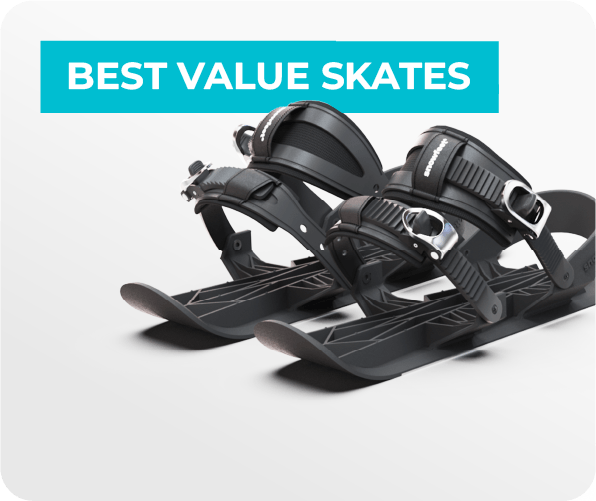



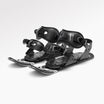
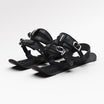
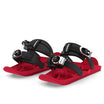
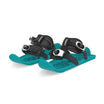

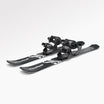

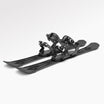
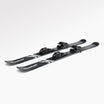






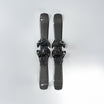

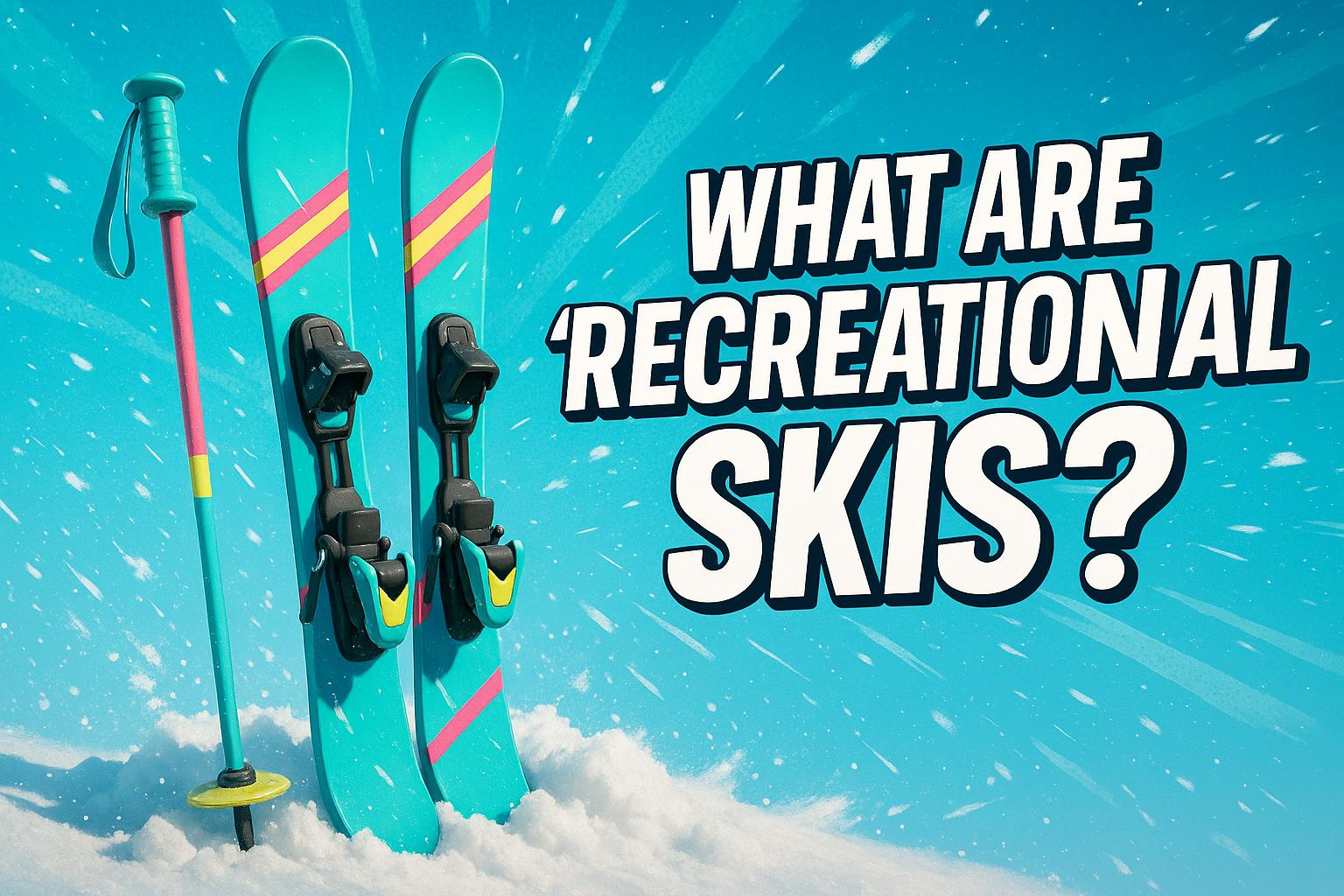
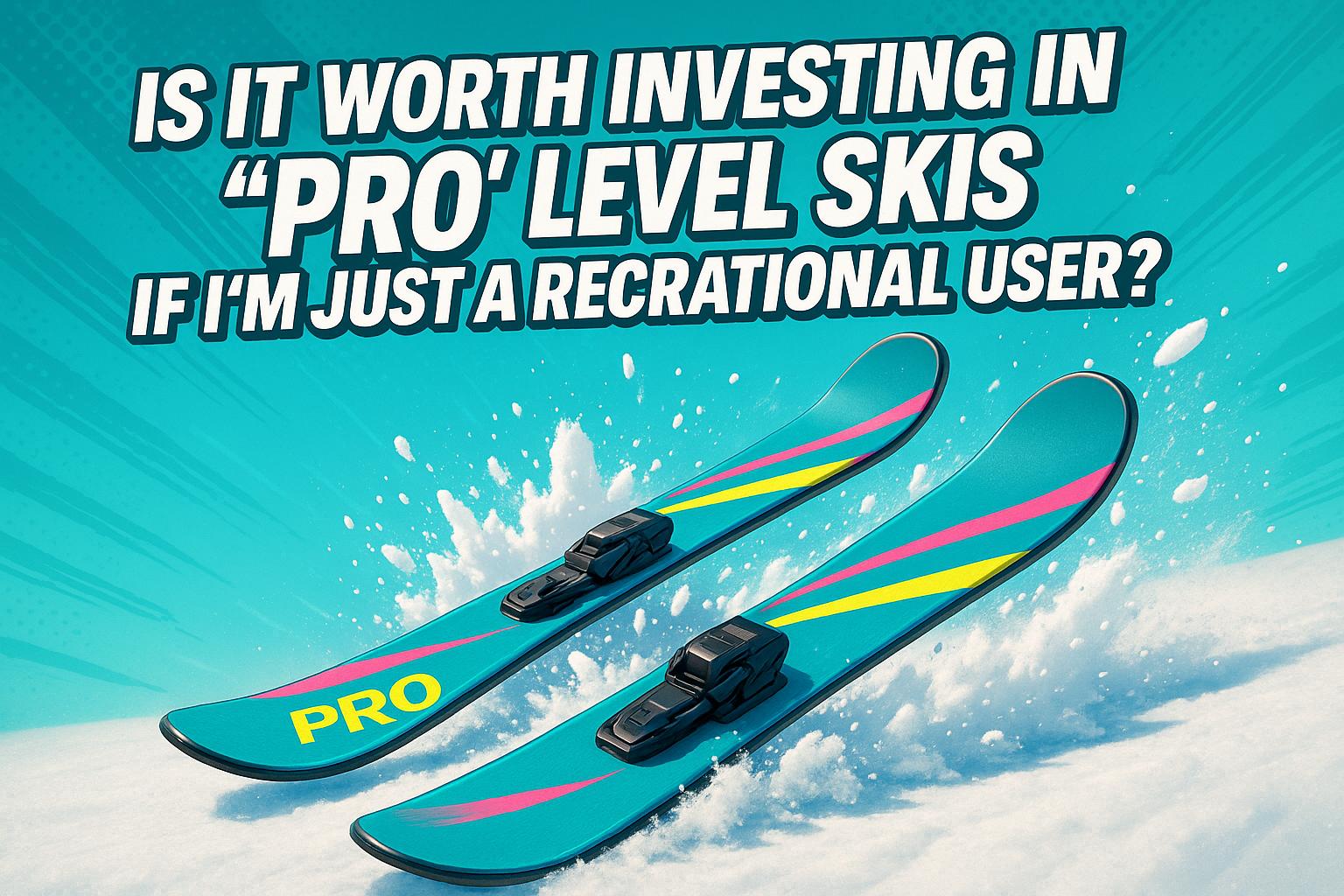
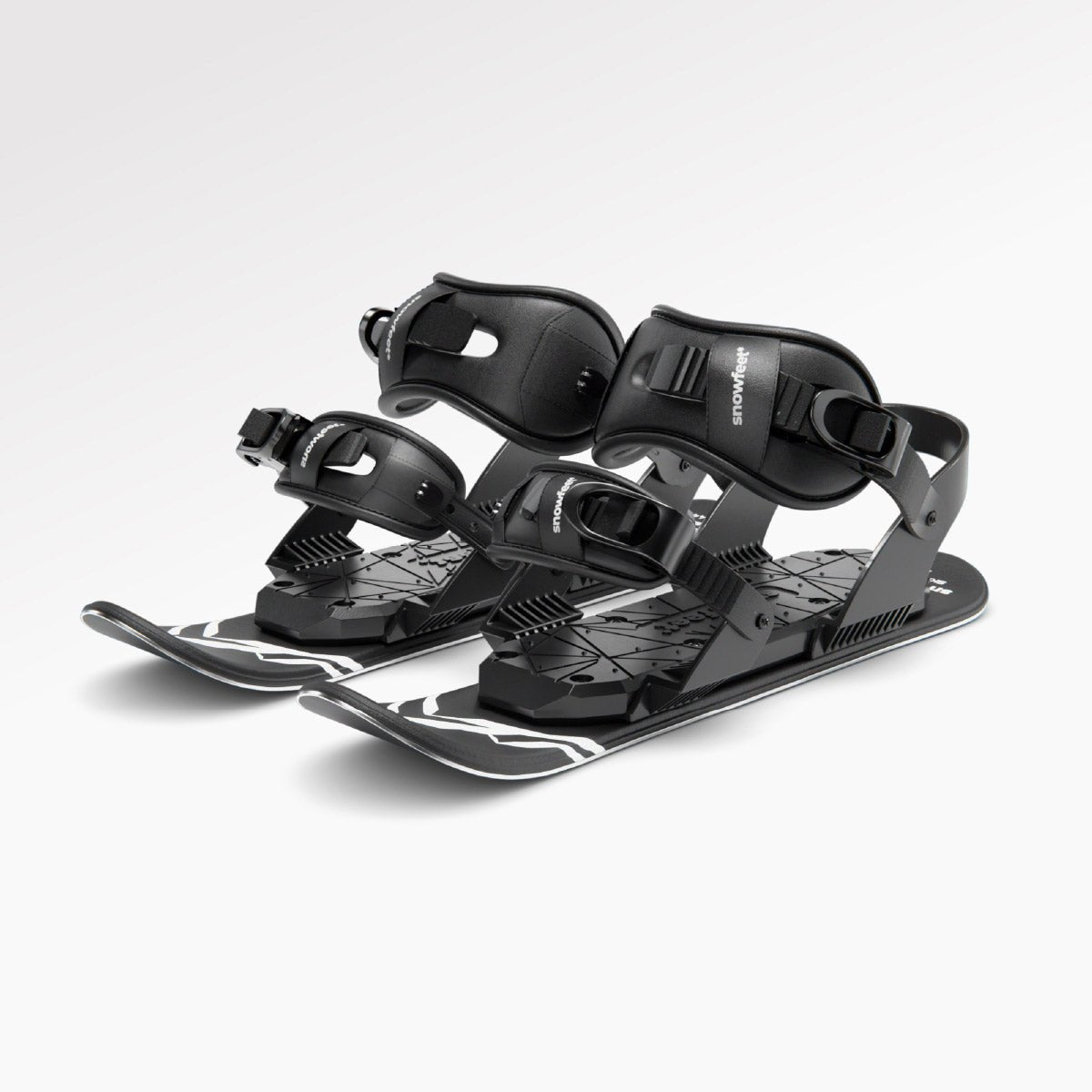
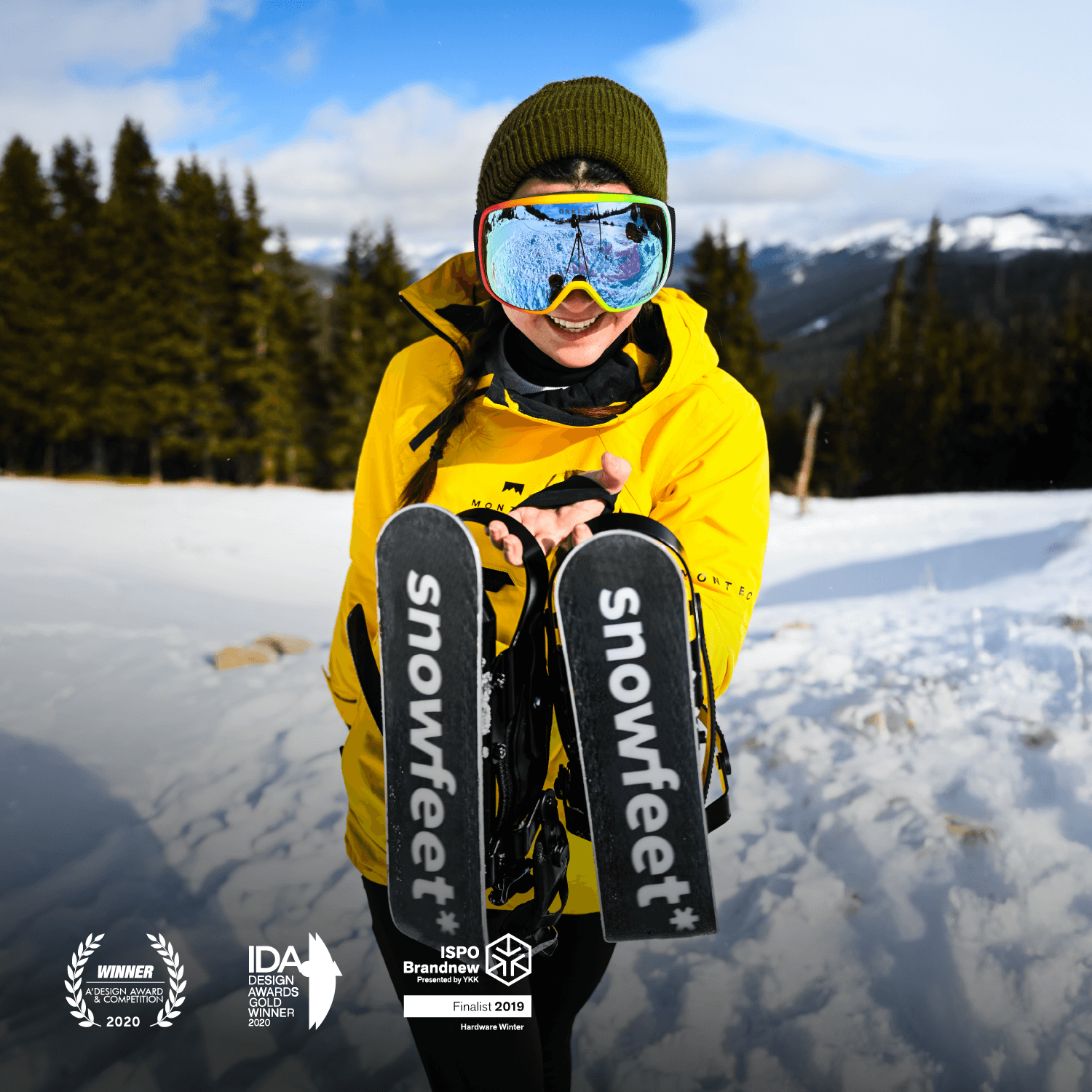
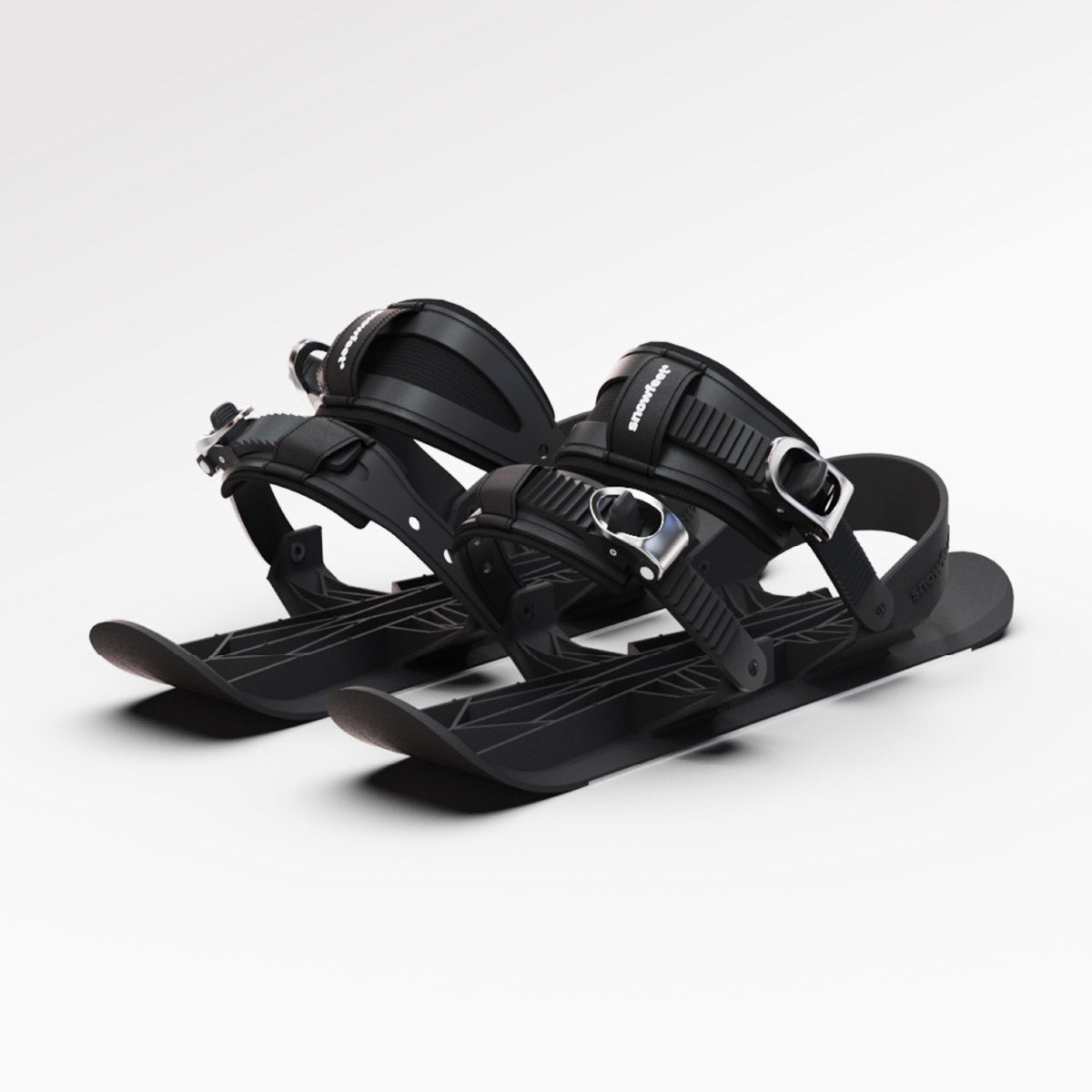

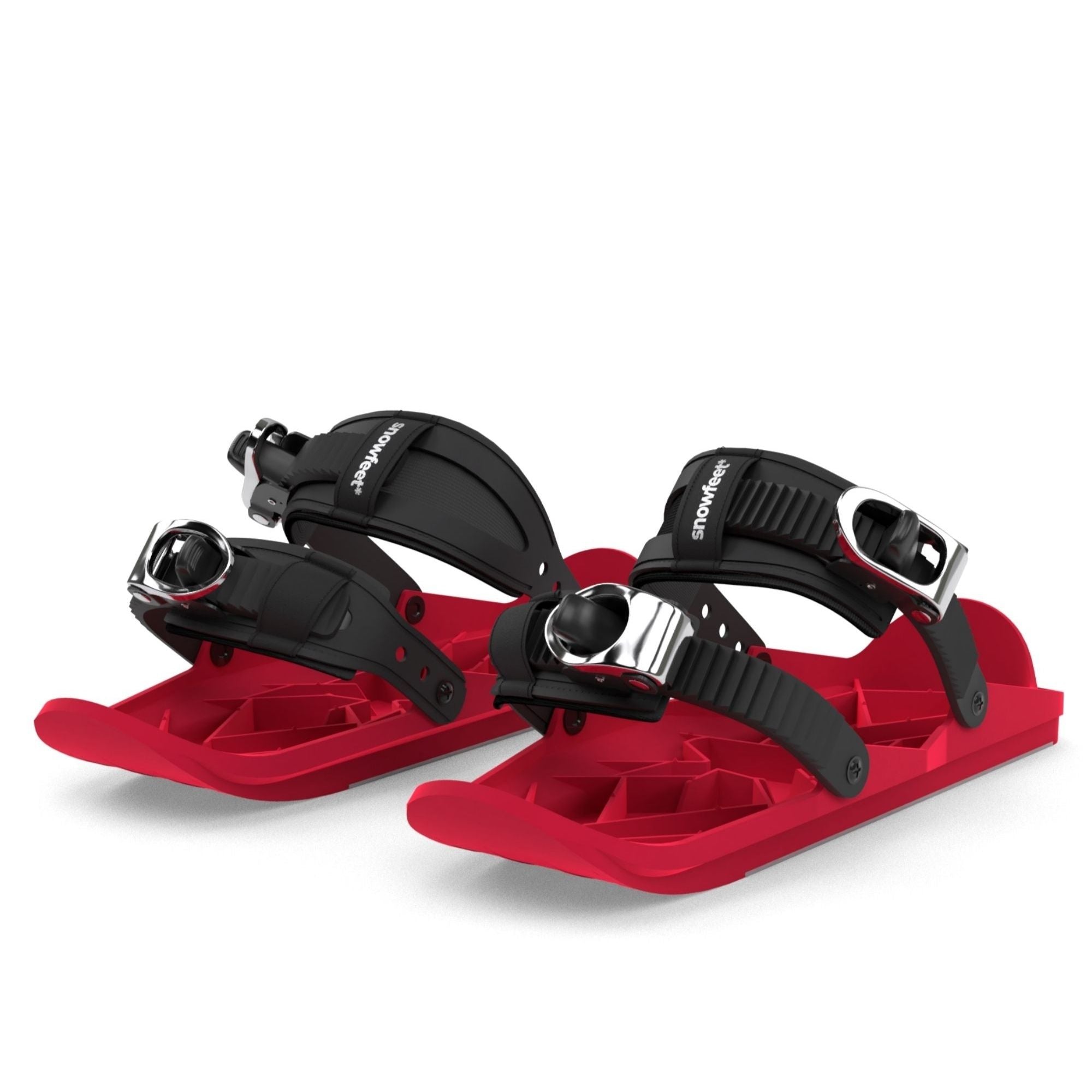
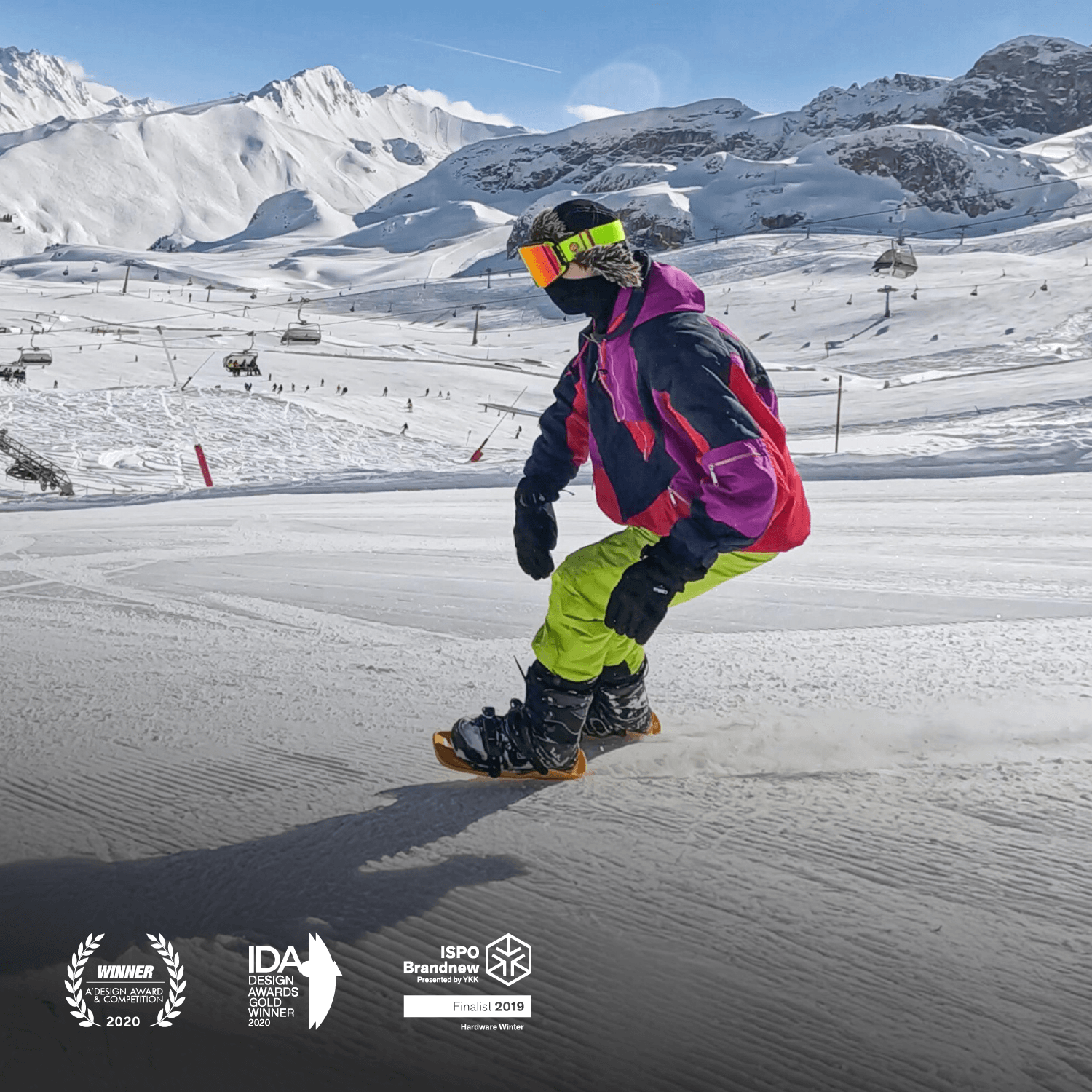


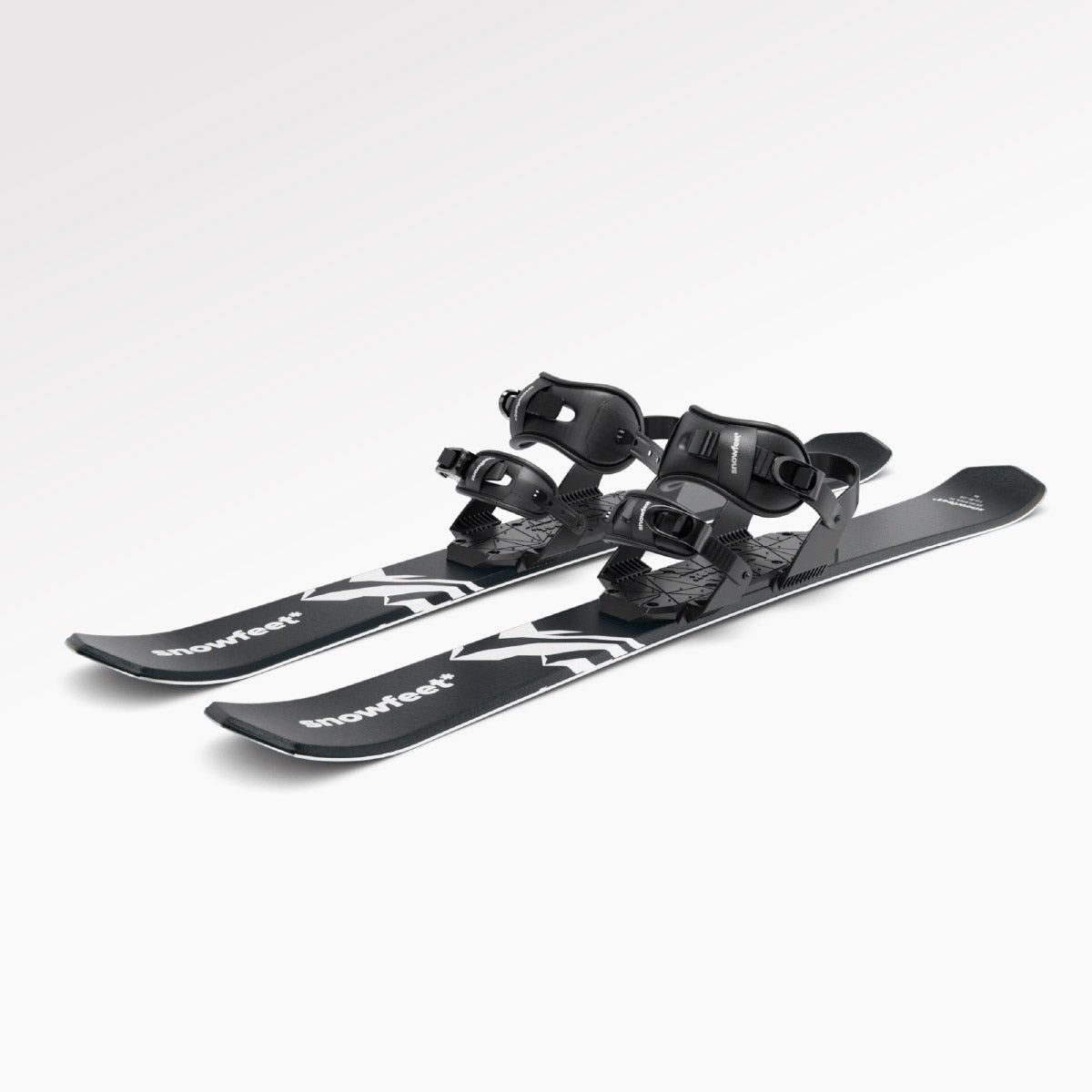
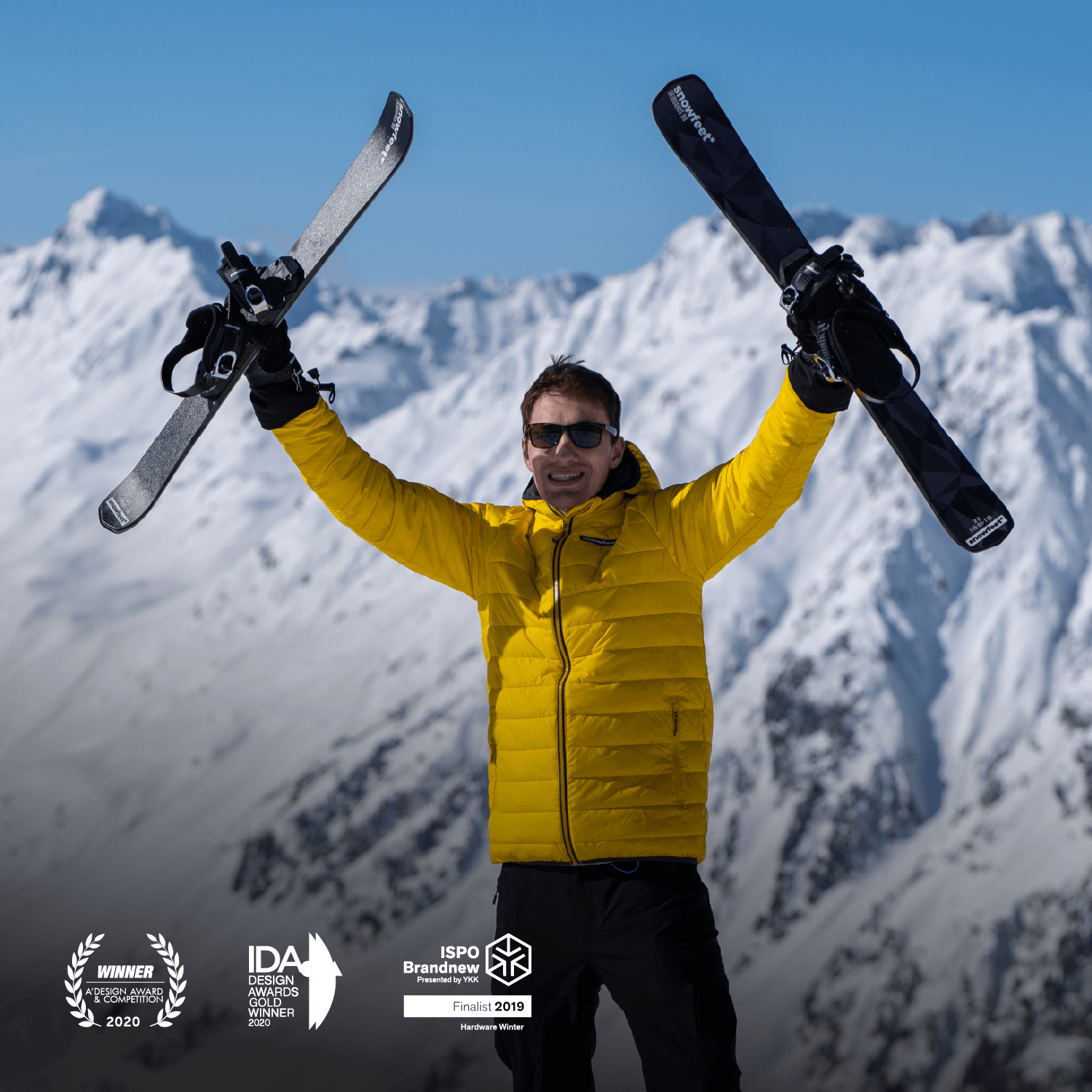
Leave a comment
This site is protected by hCaptcha and the hCaptcha Privacy Policy and Terms of Service apply.